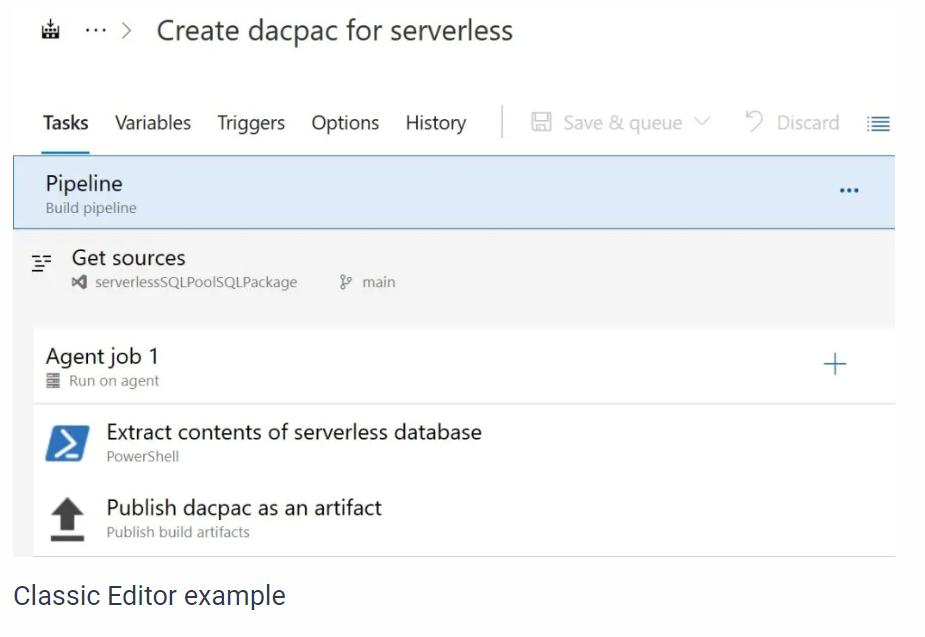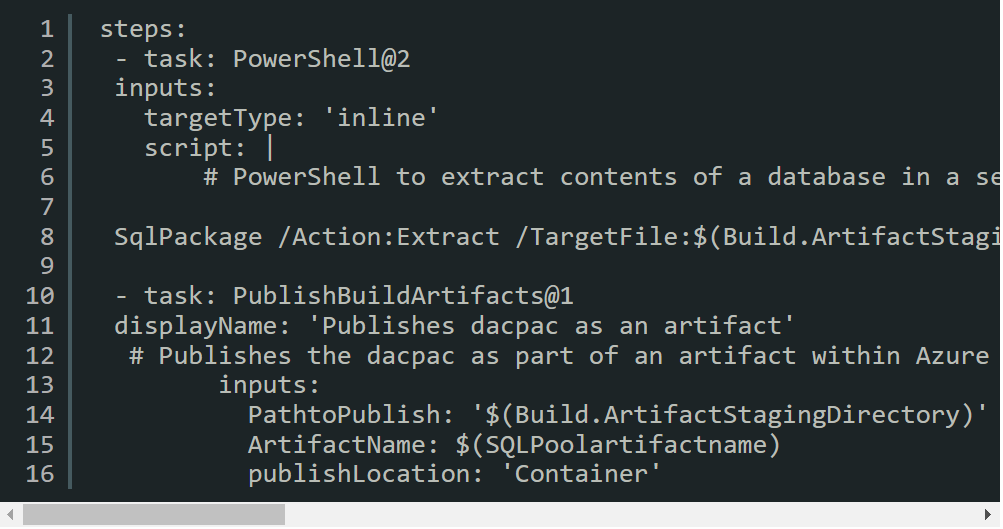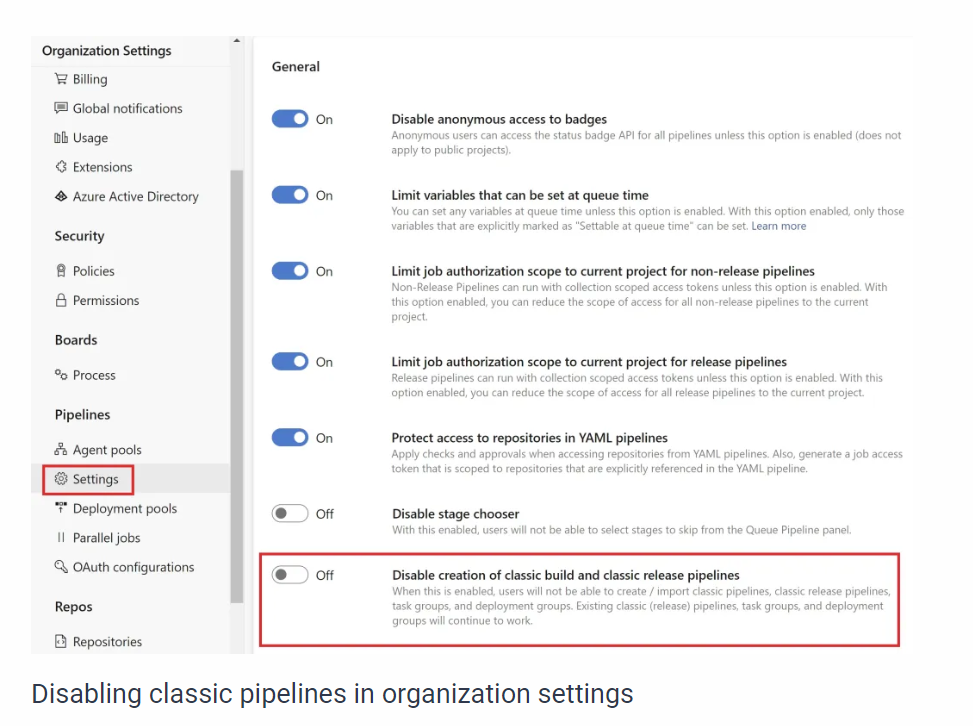Considerations on removing classic pipelines in Azure DevOps

In this essay, I will discuss my ideas on removing conventional pipelines in Azure DevOps. I understand there are mixed sentiments about this.
In addition, I'd like to promote awareness that this is now achievable. Microsoft revealed at the end of January that you may now prevent the provisioning of classic pipelines in Azure DevOps.
In other words, you may now disable the GUI-based Classic Editor and Releases functionalities in Azure Pipelines. Consider the Classic Editor example presented below.

Enabling this setting limits your options to working with YAML pipelines. In other words, a pipeline of code. For example, the above GUI-based pipeline might be replaced with the YAML code shown below.

This parameter can be selected at either the organisation or project level. However, I believe that after reading the benefits of YAML pipelines in the official announcement, more individuals will be eager to modify the settings at the organisational level.

My Thoughts about disabling Classic Pipelines in Azure DevOps
I believe that this setting is long needed. Because there are numerous benefits to dealing with YAML pipelines.
Plus, I'm delighted Microsoft mentioned some of the benefits of YAML pipelines in their release. Because I've been asked in the past if Microsoft has anything in black and white regarding this.
Especially when alternative offerings just include YAML as a choice. When it comes to GitHub Actions, there is no GUI option.
Now, I know a lot of people want to maintain traditional pipelines. I completely realise that some people do not want to learn how to work with YAML pipelines for various reasons.
Especially among the data platform community. Experts prefer to deal with data rather than understand the Azure Pipelines YAML schema.
Microsoft provides assistance in this area. In addition to extensive documentation on the YAML schema, they provide a roadmap for migrating your classic pipeline to YAML.
Example
For example, if I transfer a Git repository, I may recreate the same YAML pipeline by establishing a new pipeline in Azure Pipelines and directing it to an existing YAML file.
If I migrate to a new project, I may need to reestablish variable groups and service connections. However, I believe that selecting a YAML file is easier than manually recreating conventional build and release pipelines.
Furthermore, I can distribute YAML pipelines on GitHub repositories so that anyone can download them.
I believe that classic pipelines can be helpful for demos.
Infrastructure as a Code
I personally think that if you are working with classic pipelines, you are not truly working with Infrastructure as Code. Because you are still using a GUI-based method. I know others think differently, and that is perfectly fine.However, it can lead to some interesting discussions within larger enterprises. Depending on what has been stated in your architecture principles. Because they can be open to interpretation.
Last two lines about disabling classic pipelines
I hope this post on my thoughts on disabling classic pipelines in Azure DevOps has made others aware that it is now possible.